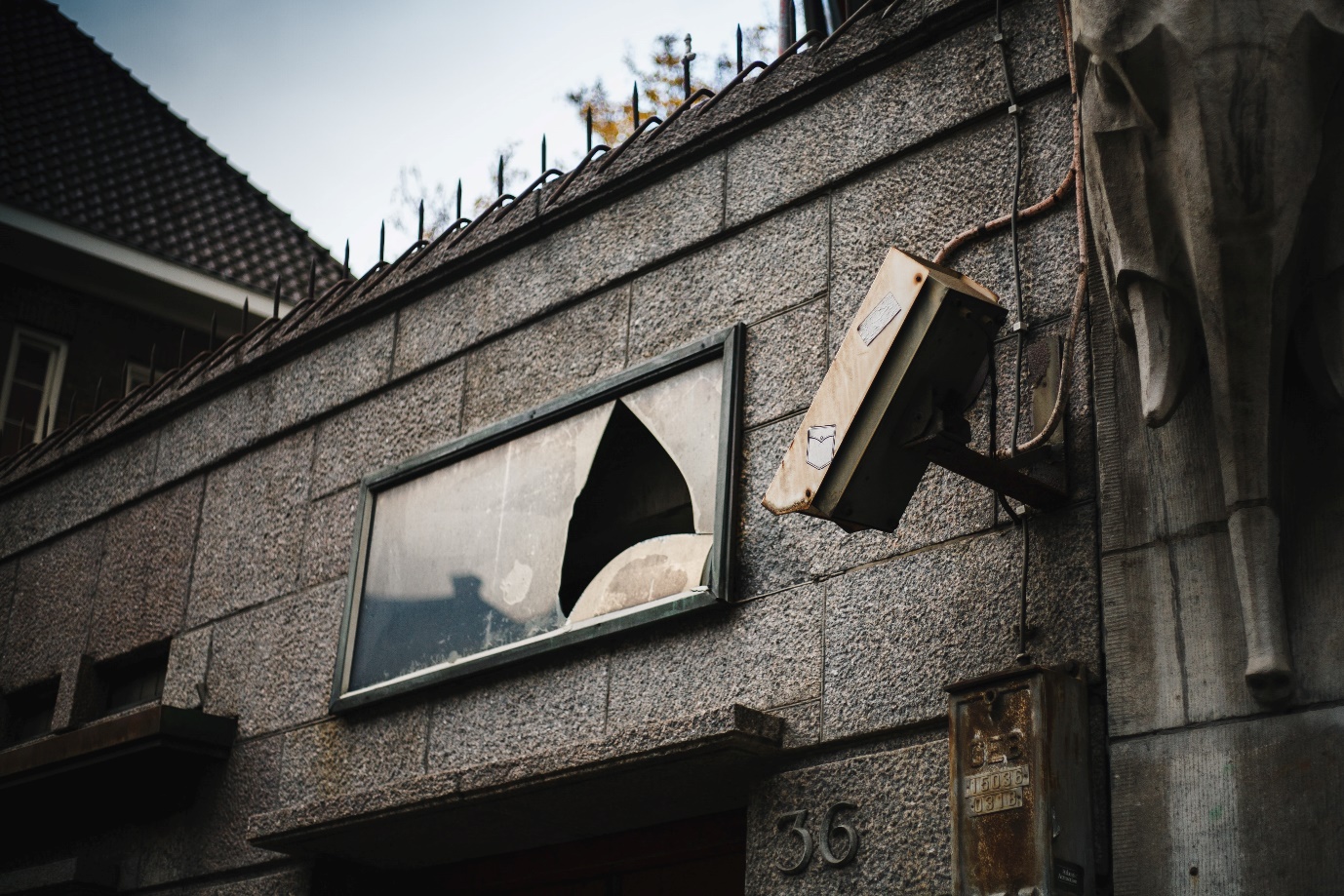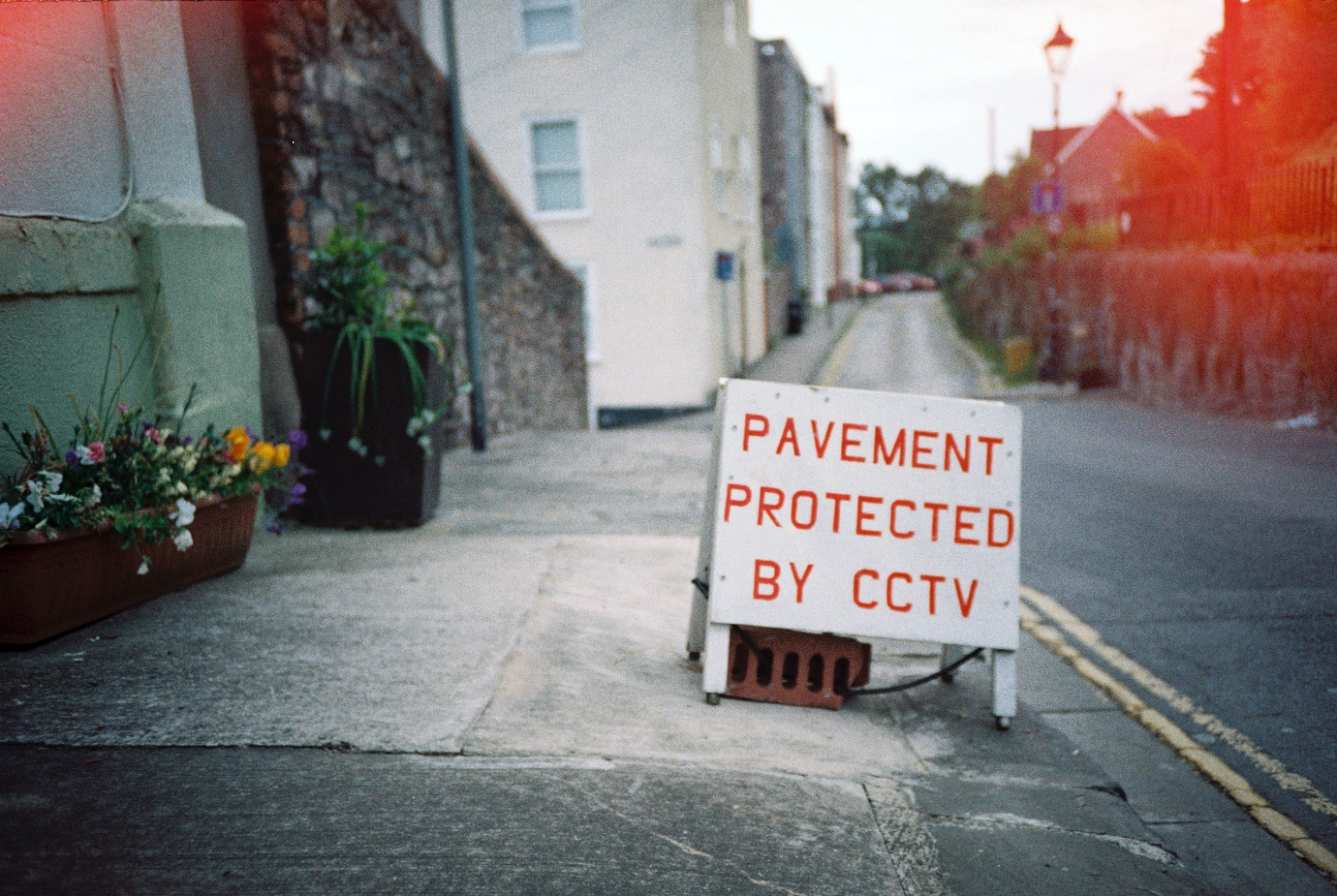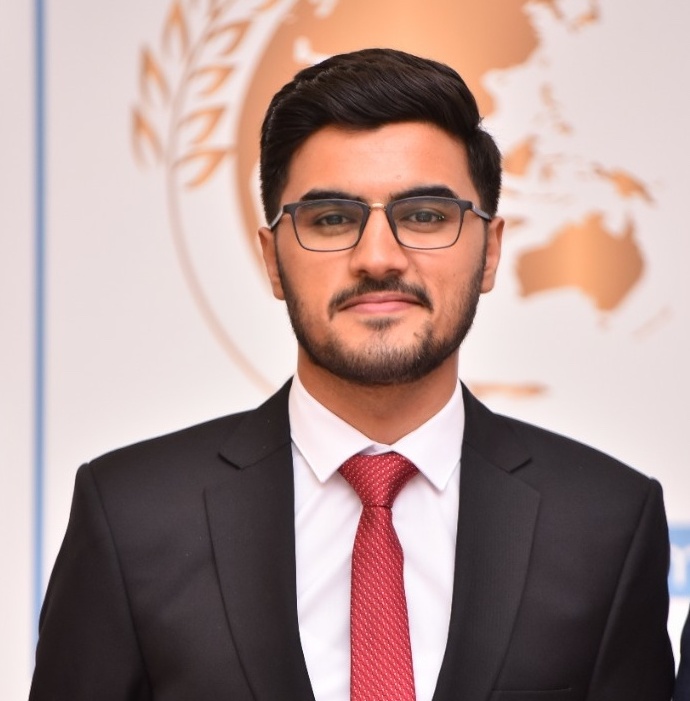
When it comes to densely populated countries, United Kingdom and Ireland are two of Europe’s most densely populated nations. Their cities, towns, and villages have increased over the past few decades. This growth has also brought changes in how people live their lives and how they interact with each other. While some might think that this rapid development means there’s less personal privacy today than before (or even not), there’s more surveillance technology out there now than ever before.
What is CCTV?
CCTV is an acronym for Closed Circuit Television. It is a technology that uses video cameras to capture images of people and objects being viewed through a network of cameras. CCTV systems are used in many countries worldwide to monitor public spaces and private property. Still, they have been especially popular in the UK and Ireland because of their use in public areas such as shopping centres, airports, train stations and hospitals. CCTV has been used for monitoring movements since the late 1970s; however, it wasn’t until the 1990s that CCTV systems began being installed on a larger scale, with applications ranging from prisons to banks and even supermarkets.
Evolution of CCTV Source: https://unsplash.com/photos/T7nJW44zJmg
Source: https://unsplash.com/photos/T7nJW44zJmg
CCTV (closed-circuit television) has been around in the UK and Ireland since the 1960s, but its evolution has been fascinating. In the beginning, CCTV was operated primarily by banks to prevent fraud. Later, it started to be used for more general surveillance purposes, including public safety and crime prevention.
In recent years, CCTV technology has developed rapidly. For example, traditional cameras typically capture images at 30 frames per second (fps). Today’s high-speed cameras can capture images at up to 10,000 fps. This allows for sharper, clearer images and greater detail, and it also means that CCTV systems can capture footage from a broader range of locations and angles than ever before.
Brief History of CCTV
The first public CCTV was installed at the Victoria Embankment in London in 1981, with over 1,000 cameras installed by 1988. The system was first used to monitor traffic congestion along the route, but it soon became apparent that it could also be used for other purposes. New technologies have allowed CCTV cameras to be miniaturised and networked in impossible ways.
In 2006, nearly 3 million security systems were used throughout England and Wales. The total number of devices was expected to reach 6 million by 2020; however, this is still only half of what’s being sold each year at present rates. With more devices being added every year, this number will likely continue rising for some time, even if we don’t all have our private spy cameras anymore.
Significance of CCTV
 Source: https://unsplash.com/photos/r-M9If-MxPw
Source: https://unsplash.com/photos/r-M9If-MxPw
While technology can be used for good or evil purposes, it will always have positive and negative effects on society, depending on how it’s implemented. CCTV in the UK and Ireland is a fascinating glimpse into the changing nature of society. The introduction of CCTV has allowed for many changes, such as:
- Recording criminals’ faces so they can be identified later
- Recording interactions with police officers
- Recording people who commit crimes (i.e., “theft from stores”)
CCTV has become a cultural phenomenon
CCTV has become a cultural phenomenon that has changed how we think about public space, privacy and surveillance. From being used to monitor traffic and prevent crime, it is now used in many different ways.
Security
Many businesses have installed CCTV cameras to ensure that their premises are secure at all times. It has become a need of time regardless of how safe a neighbourhood is.
Entertainment
People enjoy watching movies on their TVs using the latest technology available today (CCTV). You can even set up your website to allow your TV screen with all the latest shows and games.
Conclusion
CCTV has a long history in the UK and Ireland, but new technology and surveillance techniques have made more options available today. Judging from the evolution of the CCTV, it is clear that surveillance technology continues to be an important part of our society.

Muhammad Asfandyar is a lawyer having extensive experience in creative content writing, proofreading, legal and academic research writing. He can be reached at asfandyar.edw@gmail.com
